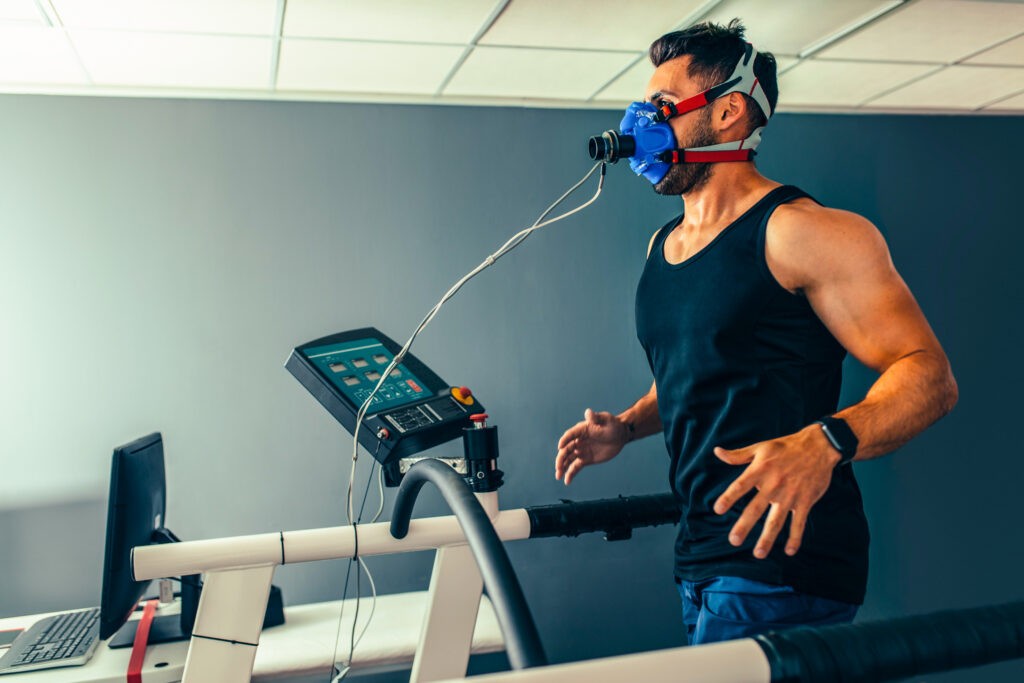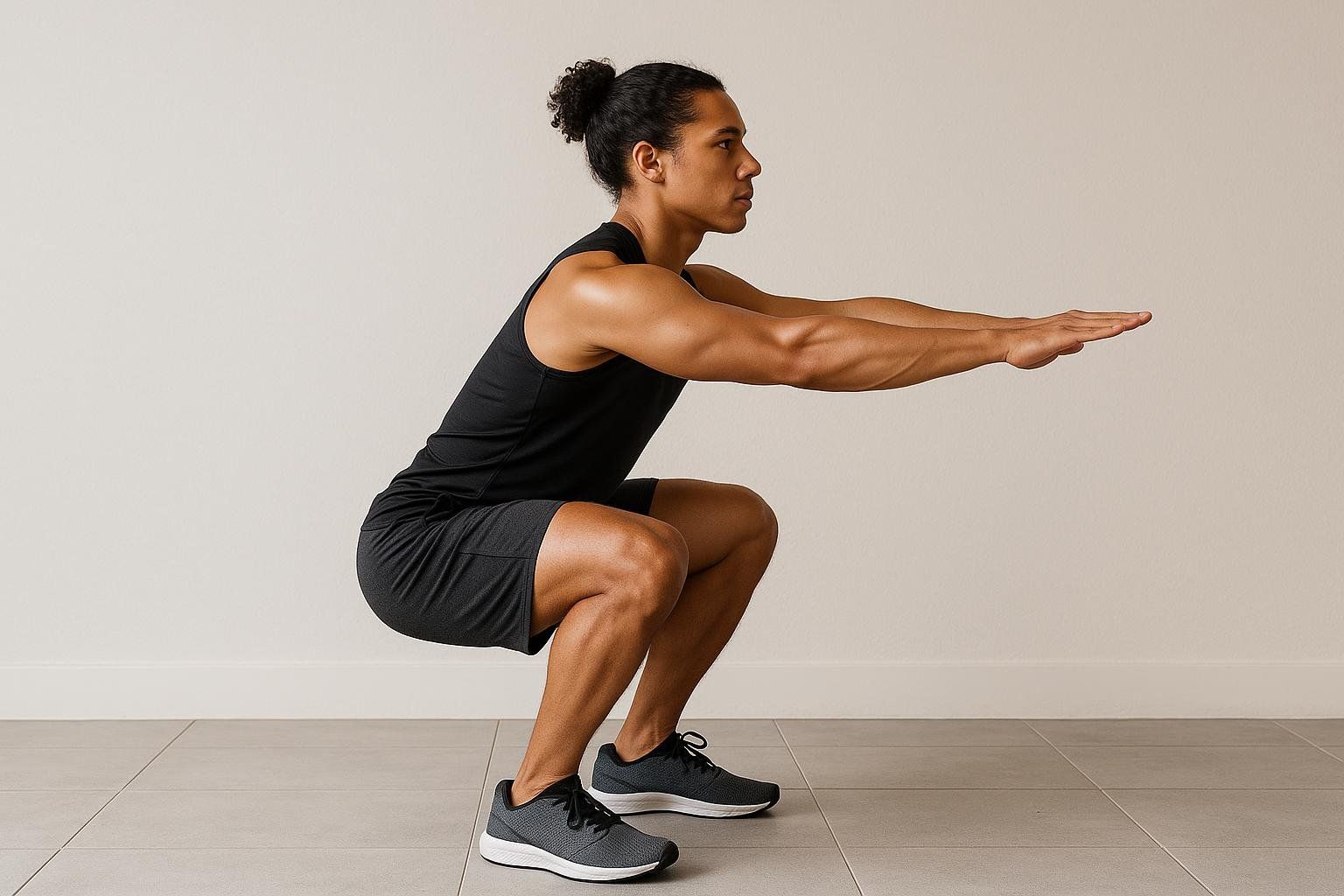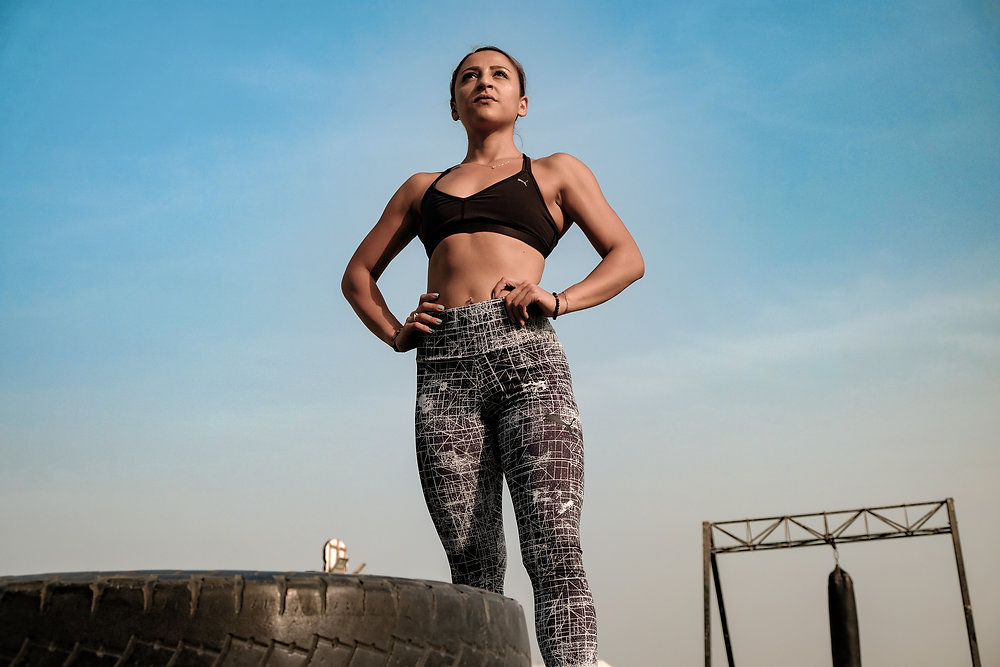Hey there, picture this: It’s a crisp morning in my mid-30s, and I’m staring at the bathroom scale like it’s some ancient oracle. The number hasn’t budged in weeks, despite all those early-morning jogs and salads that taste like regret. I felt stuck, frustrated, like my body was playing a cruel joke on me. That’s when a friend mentioned body composition testing—not just weighing yourself, but actually figuring out what’s under the weight. It sounded like a game-changer, especially after hearing about places like Enara Health, where they weave this into real, sustainable weight care. Little did I know, it would flip my entire approach to health. If you’ve ever wondered why the scale lies or how to truly tune into your body’s signals, stick with me. We’re diving deep into what body composition testing really means, why it matters, and how Enara Health makes it feel less like a science experiment and more like a personal breakthrough.
Why Body Composition Matters More Than the Scale
Let’s be real—scales are sneaky. They lump together muscle, fat, water, bones, and everything else without spilling the beans on the ratios. Body composition testing breaks it down, showing you the fat versus lean mass split that actually ties to your energy levels, disease risks, and even how you feel in your own skin. At Enara Health, they treat this as the foundation of their weight management programs, using it to craft plans that stick because they’re tailored to you, not some generic chart. It’s like finally getting a roadmap instead of wandering blind.
For years, I chased lower numbers on the scale, only to end up softer around the edges and wiped out by noon. Turns out, I was losing muscle along with fat, which tanked my metabolism. Body comp testing revealed that, and suddenly, it wasn’t about deprivation—it was about building strength. If you’re nodding along, thinking of your own scale battles, you’re not alone. This shift isn’t just data; it’s empowerment.
What Exactly Is Body Composition Testing?
Body composition testing measures the percentages of fat, muscle, bone, and water in your body, going way beyond BMI’s blunt hammer. It’s the difference between knowing you’re “overweight” and understanding if that extra padding is visceral fat lurking around your organs or just a bit more water retention from last night’s salty takeout. Enara Health integrates this monthly in their programs, pairing it with metabolic and genetic tests for a full picture that informs everything from meal tweaks to med options. No more guessing games.
Think of it as a health audit for your insides. I remember my first test: Standing barefoot on a sleek machine, electrodes humming faintly, and within minutes, a printout spilling secrets I’d ignored for years. It wasn’t scary—it was clarifying, like flipping on a light in a cluttered room.
Common Methods for Body Composition Analysis
From quick at-home gadgets to high-tech scans, the world’s full of ways to peek under the hood. Each has its sweet spot, but accuracy varies wildly depending on your goals. Enara leans on tools like the InBody scanner for its quick, reliable reads on fat distribution and muscle balance, making it a staple in their clinics. Picking the right one? It’s about balancing precision with practicality.
I’ve tried a few over the years, from pinching skinfolds (ouch) to dunking in water tanks that left me shivering. Each taught me something, but none felt as seamless as the ones Enara uses—effortless and insightful without the drama.
Bioelectrical Impedance Analysis (BIA)
BIA sends a harmless electrical current through your body, zipping faster through water-rich muscle than fatty tissue to estimate your breakdown. It’s the tech behind those smart scales and handheld wands, super convenient for home use. Enara’s InBody machines amp this up with multi-frequency reads for spot-on segmental analysis, tracking arms, legs, and core separately. Quick as a coffee break, with results that motivate.
My home BIA scale was a wake-up call during lockdown—turns out my “gains” were mostly water weight from stress eating. Funny now, but it nudged me toward real changes, like the balanced meals Enara’s nutritionists later prescribed.
Skinfold Calipers
Ever had someone pinch your triceps with those plasticky calipers? It’s old-school but effective for gauging subcutaneous fat at key spots like belly and thighs. Cheap and portable, it’s great for trainers on a budget. At Enara, they might use it as a quick check-in alongside fancier tools, ensuring consistency in progress tracking. Takes minutes, costs pennies.
I laughed nervously during my first caliper session, feeling like a human dough ball. But the numbers? They cut through my excuses, pushing me to swap couch time for strength sessions that Enara’s exercise specialists later refined.
Air Displacement Plethysmography (Bod Pod)
Step into the Bod Pod—an egg-shaped chamber that measures air displacement to calculate density and thus fat percentage. It’s non-invasive, no dunking required, and spits out metabolic rate too. Enara’s team has tested this against their InBody, finding it spot-on for overall fat-free mass. Feels futuristic, like a sci-fi health pod.
My Bod Pod adventure was a hoot—squeezed into a spandex suit, holding my breath while it whooshed air around me. The report? Eye-opening on my resting burn, which Enara used to dial in my calorie needs without the guesswork.
Dual-Energy X-Ray Absorptiometry (DEXA)
DEXA’s the gold standard, using low-dose X-rays to map bone, fat, and muscle down to regional levels, even spotting visceral fat risks. It’s pricey but precise, ideal for athletes or those eyeing longevity. Enara compares it to their tools for validation, loving how it highlights imbalances. Lie down, scan, done in 10 minutes.
I splurged on a DEXA once, post-baby, and it showed muscle loss I hadn’t clocked. Heartbreaking? A bit. Motivating? Absolutely. Enara’s approach turned that data into a comeback plan, blending meds and movement for results that lasted.
Comparing Body Composition Testing Methods
Choosing a method? It’s like picking shoes for a hike—consider terrain (your needs), budget, and comfort. Here’s a quick side-by-side to cut through the noise. Enara’s InBody shines for its blend of accuracy and ease, fitting seamlessly into their monthly check-ins. No method’s perfect, but matching one to your life makes all the difference.
| Method | Accuracy | Cost | Time | Best For |
|---|---|---|---|---|
| BIA (e.g., InBody) | High (1-3% error) | $20-50 per test | 1-2 min | Ongoing tracking, clinics like Enara |
| Skinfold Calipers | Moderate (3-5% error) | $5-20 | 5-10 min | Budget fitness pros |
| Bod Pod | High (2-4% error) | $40-75 | 5 min | Metabolic insights |
| DEXA | Gold standard (1-2% error) | $100-300 | 10 min | Detailed health scans |
This table’s a lifesaver—I laminated a version after my testing spree. It helped me see why Enara’s BIA focus works for busy folks like us, delivering pro-level data without the hassle.
Pros and Cons of Popular Testing Tools
Every tool has its charm and its quirks. Let’s unpack the upsides and pitfalls, drawing from real-world use in places like Enara Health. Their InBody setup? A sweet spot for pros and cons, balancing detail with doability. Weighing these helps you pick without regret.
- BIA (InBody)
Pros: Fast, segmental breakdowns, tracks changes easily; Enara uses it for monthly motivation.
Cons: Hydration tweaks results; not ideal if you’re super athletic.
Verdict: My go-to for consistency—feels like a health check-in with a friend. - Skinfold Calipers
Pros: Portable, cheap, no tech needed.
Cons: User error-prone; misses visceral fat.
Verdict: Great starter, but I ditched it after inconsistent pinches. - Bod Pod
Pros: No submersion, adds RMR data.
Cons: Spandex suit awkward; less common spots.
Verdict: Fun once, but Enara’s tools edged it for regular use. - DEXA
Pros: Pinpoints risks like bone loss; ultra-precise.
Cons: Radiation (minimal), higher cost.
Verdict: Worth it for baselines, then follow with easier methods.
Humor me: Imagine calipers as that unreliable buddy who exaggerates stories—fun, but don’t bet the farm. DEXA’s the wise elder, thorough but not for daily chats.
Enara Health’s Approach to Body Composition Testing
Enara Health isn’t just testing; it’s transforming. Their program kicks off with a deep dive—metabolic, hormonal, genetic assessments—then layers in monthly body comp scans via InBody tech to monitor fat loss without muscle sacrifice. It’s physician-led, app-supported, and insurance-friendly, blending data with human touch for journeys that last. Members rave about ditching the rollercoaster for steady wins.
What sets Enara apart? It’s holistic. My own tweaks echoed their vibe: Scans showed my satiety signals were off (hello, endless snacking), so we amped proteins and veggies. No fad diets—just science that fits your life.
Take Sarah, a mom of teens who joined Enara feeling defeated by yo-yo weights. Her first scan flagged insulin resistance; tweaks plus GLP-1 meds dropped 25 pounds in a year, all while building energy to chase her boys. Stories like hers? Pure inspiration, proving testing’s power when paired with support.
Where to Get a Body Composition Test Near You
Hunting spots? Start local—gyms, universities, or clinics like Enara’s partners offer BIA or DEXA. For precision, seek certified spots; Enara’s network spans states, with easy app bookings for in-network access. Chains like DexaFit or BodySpec do mobile scans; home BIA scales work for basics.
I found my first via a uni lab—affordable but waitlisted. Enara streamlined it all, turning “where?” into “when?” Check their site for nearby clinics; it’s a click away from clarity.
Best Tools for Accurate Body Composition Testing
Top picks? InBody 770 for pros (Enara-level detail), Omron handhelds for home, or DEXA via BodySpec trucks. Prioritize validated tech—look for studies backing 1-3% error rates. Enara’s InBody integration? Seamless for tracking without buying gear.
After testing a bunch, I settled on a mid-range BIA scale synced to an app. It mimics Enara’s monthly ritual, keeping me honest without the drive.
People Also Ask
Ever Googled and spiraled into those “People Also Ask” rabbit holes? Here are real ones on body comp testing, pulled from searches, with straightforward answers tied to Enara’s expertise. They’re the questions I wish I’d asked sooner.
How accurate is body composition testing?
Most methods hit 1-5% error, with DEXA leading at under 2%. Enara’s InBody? Clinically validated for reliable trends, perfect for long-term tracking without overkill.
What is the best way to measure body fat at home?
BIA scales like Renpho or Omron are tops—affordable, app-connected, and consistent if you test fasted. Enara members get pro versions, but these bridge the gap nicely.
How often should you do a body composition test?
Monthly for active changes, quarterly for maintenance. Enara builds it in monthly, catching shifts early—like my sneaky muscle dip that we nipped fast.
Does body composition testing hurt?
Nope, all non-invasive. BIA’s a quick stand-and-zap; DEXA’s a chill lie-down. Enara’s setup? So comfy, I joked it was better than Netflix.
Can body composition testing detect health risks?
Absolutely—visceral fat flags heart disease odds, muscle loss signals sarcopenia. Enara layers this with genetics for proactive tweaks that save headaches down the line.
FAQ
Got lingering questions? These pop up in user chats and Enara reviews—real curiosities from folks like you. I’ve woven in my takes for that personal vibe.
Is Enara Health’s body comp testing covered by insurance?
Yes, often in-network for the full program, including monthly scans. Check their site—saved me copays when I dove in.
How does Enara combine testing with GLP-1 meds?
Scans guide dosing to preserve muscle, not just shed fat. One member lost 20% body weight sustainably; it’s the combo that clicks.
What’s the difference between BMI and body comp testing?
BMI’s a rough height-weight ratio; body comp details fat vs. muscle. I was “normal” BMI but high visceral fat—Enara’s test exposed that liar.
Can beginners start with Enara’s testing?
Totally— their assessments are gentle, starting with basics. My newbie nerves? Melted after the first encouraging report.
How long until I see changes from Enara’s program?
Four to six weeks for noticeable shifts, per scans. Patience pays; my energy surged before the scale did.
Wrapping this up, remember that morning stare-down with the scale? It’s a distant memory now, thanks to body comp testing and Enara’s no-BS guidance. It’s not about perfection—it’s about progress that feels good, backed by data you can trust. If you’re ready to ditch the guesswork, hop over to Enara Health for your start, or chat with a local clinic via DexaFit. Your body’s whispering secrets; time to listen. What’s one small step you’ll take today? Drop it in the comments—let’s cheer each other on.




